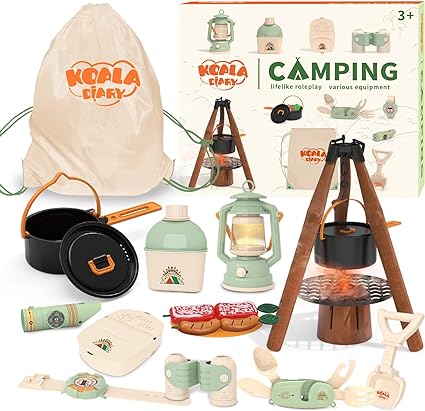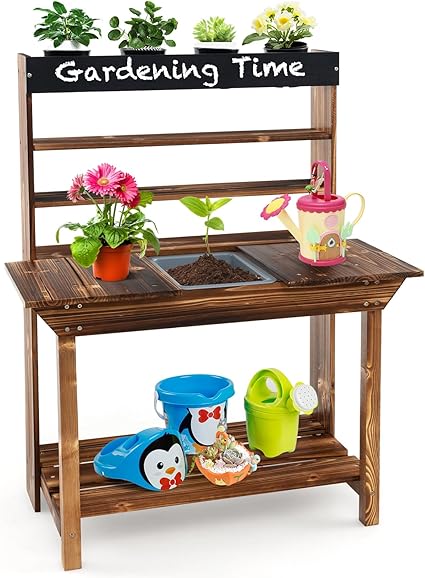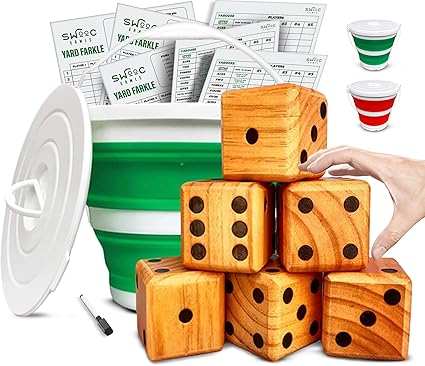This guide is for parents looking to create outdoor kids and reduce screen time.
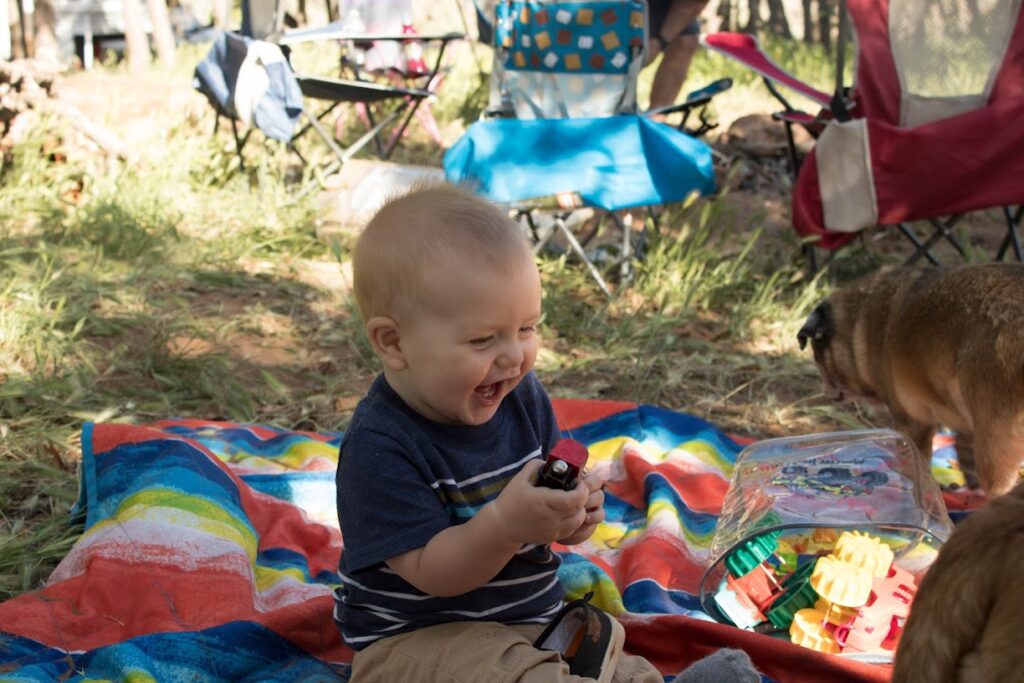
Fun & Practical Tips to Inspire a Lifetime of Outdoor Adventure
If you’re wondering how to pull your little ones away from screens and spark a lifelong love for nature, you’re not alone. The pull of the digital world is stronger than ever, but the benefits of outdoor play for children are just as compelling. From better physical health to a stronger sense of exploration and creativity, encouraging your kids to spend time outside can profoundly impact their development.
We have noticed a direct correlation between screen time and our kids’ moods. The longer our kids spend on screens, the more grumpy they are, the harder it is to get them to do anything they are supposed to, and the more disregulated they get. On the flip side, the more time they spend outside being active and creative, the happier our whole household is. When they spend more time outdoors and off their screens, they get along with each other better, are happier, and have an easier time regulating their emotions.

This guide is here to help you create “outdoor kids”—children who grow up with an appreciation for fresh air, open skies, and all of nature’s wonders. Together, we’ll explore practical tips and activities designed to help kids of all ages fall head over heels for the great outdoors.
Affiliate Disclosure: This post may contain affiliate links. If you purchase through these links, I may earn a small commission at no extra cost to you. I only recommend products and services I genuinely believe in and think will be valuable to my readers. Thank you for supporting Adventure Ready Families!
Why Outdoor Time Matters for Kids
Nature’s Impact on Childhood Development
Nature isn’t just a playground—it’s a classroom, a therapist, and a source of endless wonderment for children. Being outdoors is a great way to encourage free play and creativity in children. Time spent in nature has been shown to enhance problem-solving skills, foster independence, and even improve focus and concentration. Being outdoors is a great way to encourage free play and creativity in children.
According to research by the American Academy of Pediatrics, outdoor play promotes creativity and eliminates some stressors that digital environments can add to children’s lives. When kids are free to roam, whether it’s a local park or your backyard, they learn to test boundaries, solve problems, and use their imagination.
A study done at the Yale Department of Psychiatry and Columbia School of Nursing found that the kids who spent more time on their digital devices were more likely to exhibit higher levels of internalizing problems two years later. Internalizing problems includes things such as depression, anxiety, and social anxiety. If you’d like to read more about this study, you can go here.
Benefits of Outdoor Play
Encouraging your child to explore nature yields benefits in multiple areas of their life. It not only benefits them physically, but it can also impact them socially, cognitively, and improve their sleep.
- Physical Health: Running, climbing, and exploring boost cardiovascular health and strengthen muscles and coordination. Time outdoors also means healthy doses of vitamin D. Encouraging outdoor play can help reduce the likelihood of obesity and can improve mental health as a result of physical activity.
- Cognitive Growth: Activities like observing bugs, identifying plants, or building forts stimulate curiosity and critical thinking. Allowing kids free play and imaginary play outdoors can help them develop problem-solving, social skills, and language development. It can also be a good outlet for children to express their emotions and help adults understand the child’s perspective and how they view the world.
- Social Skills: Nature encourages teamwork, whether it’s constructing a fort with friends or working together to complete a scavenger hunt. Playing outdoors teaches kids how to make friends without the crutch of a digital game/device. They learn how to respond to each other’s physical and social cues, work together for common goals, and use their imaginations as a group.
- Improved Sleep: Playing outdoors helps regulate the circadian rhythm in children due to increased physical activity, exposure to natural light, and reduced screen time. Sleep quality improves, which leads to children being more alert and active during the day.
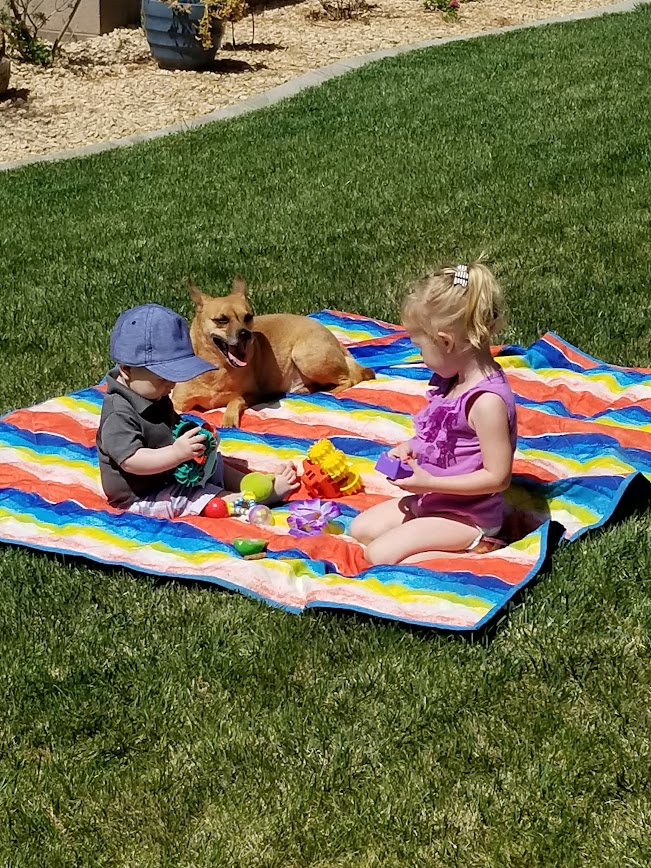
Fostering Curiosity & Independence
When kids play outside, they are faced with situations that push them to think independently and outside the box. The ability to have unstructured exploration in a safe space helps them build confidence and fosters curiosity, which are traits that will benefit them well into adulthood.
Overcoming Screen Time and Indoor Habits
Tips for Reducing Screen Time Without Resistance
The thought of cutting down on screen time can sound exhausting and not worth the fight. It doesn’t have to feel like a punishment. Instead, introduce appealing alternatives—and be consistent about when and how screens are used. You will likely get pushback at first, but it will get better and be worth it. Here are some tips for reducing screen time and getting outside:
- Set Time Limits/Schedule: Establish technology-free family time, like “No-Phone Sundays.” Set a schedule for when and how long they get to be on screens, such as “one hour of screen time a day.”
- Create Excitement: Introduce outdoor activities in a fun, celebratory way—think of it as an event, not just “turning off the TV.”
- Be a Good Example: If you are on your phone/device, they will want to be on their screen too. Children watch everything their parents do; if they see you enjoying being outside, they will too.
- Communicate: Openly communicate with your kids about why you are limiting screen time and wanting to spend more time outside. Getting them involved will make them more invested in the process.
Balance Indoor & Outdoor Activities
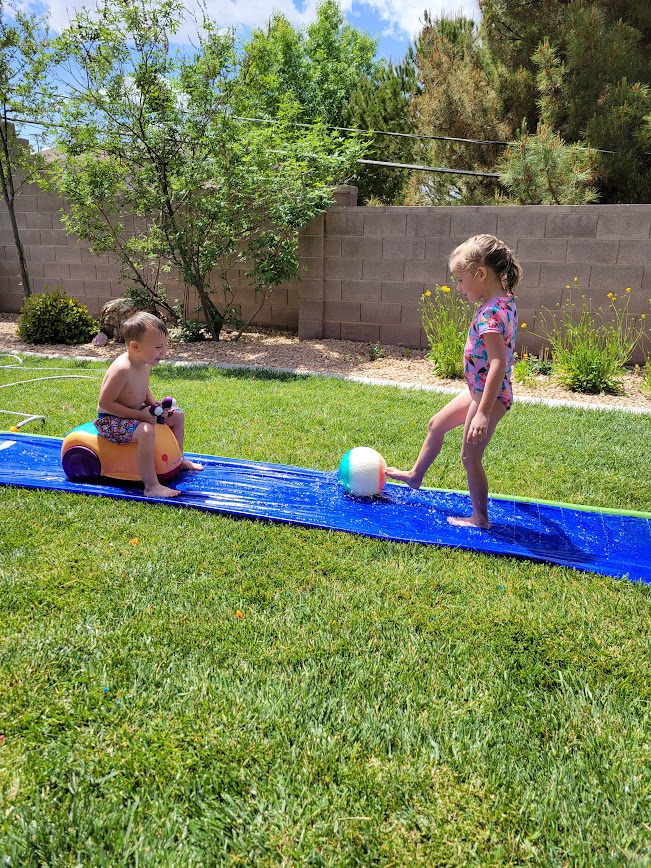
Be realistic with your expectations. This is not something that will happen overnight. Kids may always fight you about being outdoors. My kids have been “outdoor kids” since they were babies, and they still sometimes fight us about getting outside and off their screens. Without fail, though nearly every time we go on a hike or play outside, they end up having a blast and don’t want it to end.
Let them have their indoor time and slowly reduce the amount of screen time they have. Some kids have a real aversion to getting outside. You know your child best, so set realistic goals that work for your family. You can even use technology to get them outdoors while you are reducing screen time. Do things like play Pokémon Go, start Geocaching, and download a Bug Identifier app.
Easy Ways to Introduce Kids to the Outdoors
Start Small
Not every day needs to be filled with elaborate outdoor plans. Start with planning simple activities to get outside. Set a goal like spending 1 hour two days a week at a park, or 1 small hike on a Saturday. You can even plan small goals like 20 minutes of reading or sketching in your backyard under a tree.
Use Their Interests to Encourage Outdoor Play
Encourage your kids to get creative and use their imaginations to get them outdoors. Start a fairy garden in your yard, get them a nature journal, and encourage them to go out and draw what they see. Take their interests and find a way to tie that in with the outdoors.
Try a Daily Outdoor Challenge
Keep things exciting by creating challenges such as “Find 3 cool rocks today,” or “How many different flowers do you see?” Take it one step further by getting a local plant book and having them find and identify plants in your area. Download our Nature Bingo Printable and go on a walk to see who gets bingo first.
Fun Outdoor Activities by Age Group
Toddlers (1-3 Years)
- Sensory play like digging in the dirt or making mud pies.
- Collecting leaves and feeling the textures of nature.
- Playing in a sandbox or splashing in puddles.
Preschoolers (4-6 Years)
- Bug hunts with magnifying glasses.
- Simple scavenger hunts.
- Planting flowers or veggies in a small garden.
Elementary Kids (7-10 Years)
- Go hiking on beginner-friendly trails.
- Build forts using sticks and leaves.
- Try rockhounding for unique stones and minerals. If you are looking for tips to begin rockhounding with kids check out this post: Rockhounding with Kids.
Tweens & Teens (11-16 Years)
- Take up camping (test it out in the yard first if they’re new). To make camping easier we have created this Ultimate Camping Checklist.
- Try kayaking or paddleboarding on calm lakes.
- Introduce digital-friendly outdoor activities like geocaching.
Creating an Outdoor-Friendly Home Environment
Having your own outdoor space that your family enjoys being in will naturally create more time spent outside. You don’t have to spend a lot of money or have a dream backyard to have a space you all enjoy in. Here are some budget-friendly ways to turn your backyard into a fun space you can all enjoy being in.
Backyard Adventure Zone
You can add things like a climbing rope swing, hammocks, or a ninja obstacle course for a reasonable price.
Mud Kitchens and Mini Gardens
Letting kids get a little messy is part of the fun of being outdoors. Setting up a mud kitchen or mini garden is a great way to let them play and explore. I found this adorable mini camping set that kids absolutely love playing with outside.
Small-Space Solutions
Even with limited space, you can build a fantastic outdoor play area. Try vertical gardening or create a sensory corner with sand, stones, and water elements. Even just having sidewalk chalk is a great way of getting the kids to love playing outside in a small area.
Making Outdoor Time a Family Habit
Build Weekly Traditions
Weekly hikes, visits to local nature reserves, or seasonal camping trips add an element of anticipation to outdoor activities. Make a day your outside adventure day, like “every Saturday we do a new hike,” or “every Friday we grill outside and play yard games.”
Games and Competitions
Make outdoor time interactive by organizing challenges, like who can catch the most fireflies or build the sturdiest stick tower. You can get fun family-friendly yard games like croquet, cornhole, yardzee, or many many more. The options for yard games are endless now.
Community Connections
Link up with like-minded families or join outdoor clubs. Shared outdoor experiences foster friendships and community. See if there are any other families in your area that are looking to spend more time outdoors and encourage each other by planning monthly get-togethers.
Start Your Outdoor Adventures Today
Fostering a love for nature isn’t about planning grand trips to national parks (although those are fantastic, too). It’s about creating opportunities for daily outdoor magic—no matter how small. With the tips, activities, and ideas shared here, you’re well on your way to raising confident, creative “outdoor kids.”
Your next step? Get out there and explore! Whether it’s a 10-minute walk or a weekend camping adventure, start building those memories today. And when you do, share your stories with others—you never know who else might be inspired to create their own outdoor family traditions.
If you need more ideas on how to get your family outside, check out these 25 ideas.

